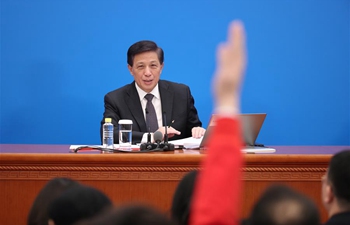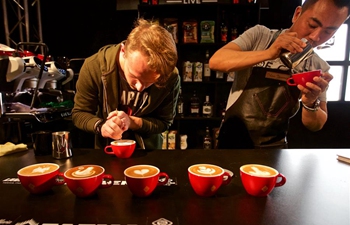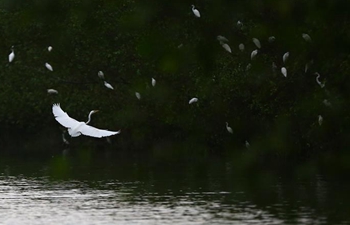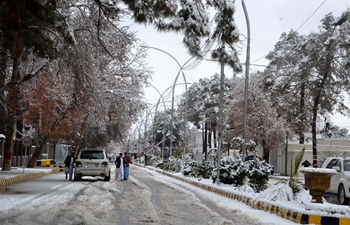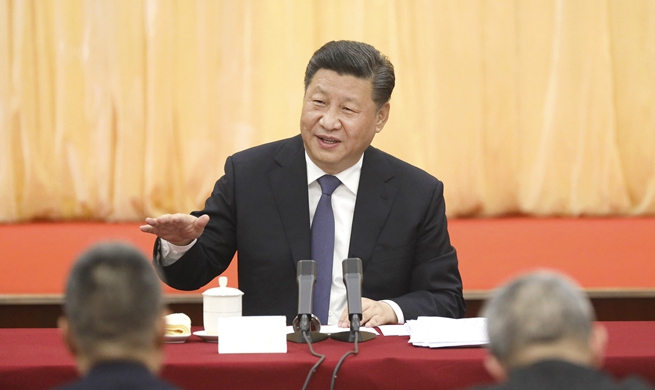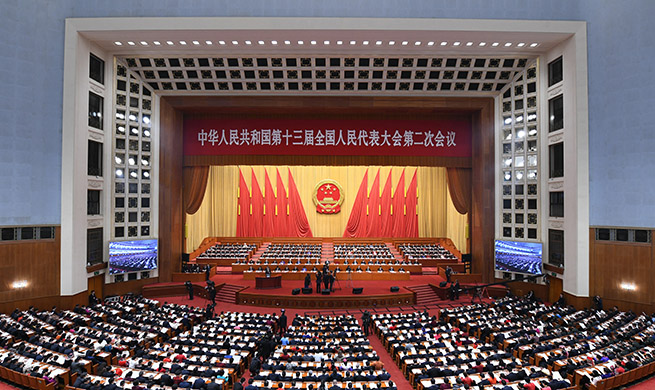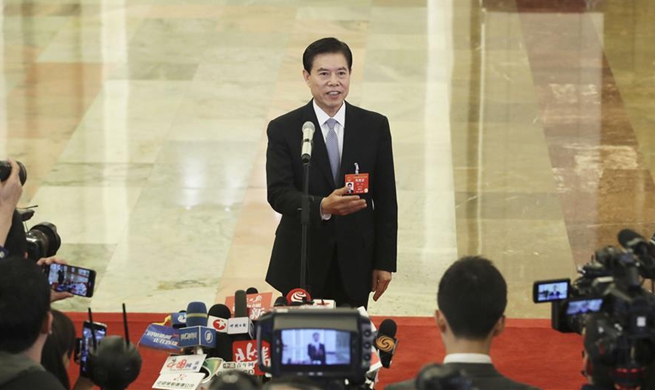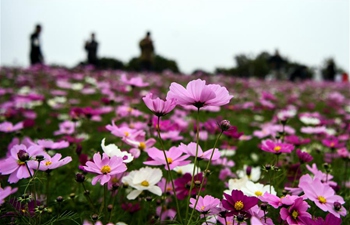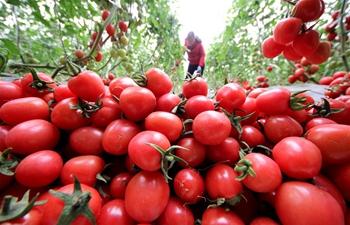ZHENGZHOU, March 5 (Xinhua) -- The ruins of a bronzeware casting workshop dating back some 2,700 years were unearthed in central China's Henan Province, archaeologists announced.
Furnaces, polishing stones, blowers used for blowing air into fireplaces, ladles that poured molten bronze into molds and their pieces were excavated at the ruins of Guanzhuang in Xingyang, the western part of the provincial capital Zhengzhou.
Some 3,000 molds, including those to make musical instruments, weapons, chariots and horse devices, have been unearthed at the workshop covering 2,000 square meters.
"Some molds are large and feature delicate decorative strips, indicating that the bronzeware users were high class," said Gao Xiangping, the excavation team leader from Zhengzhou University.
The university, the Institute of cultural heritage and archaeological research in the city of Zhengzhou and Xingyang cultural heritage protection administration center jointly conducted the excavation starting in 2011.
The ruins of the workshop, believed to be used from 770 B.C. to 650 B.C. revealed the bronzeware casting process including molding, casting and polishing during the Western and Eastern Zhou dynasties, said Gao.
He also said the unearthed molds gradually changed in ornamentation, upgrading from a simple style to more complicated 3D decorative designs, which demonstrates the evolution of the artistic style during the period.
Other bronzeware and earthenware workshops were previously excavated at the Guanzhuang ruins, which covers a total area of 1.3 million square meters.
The multiple workshops discovered have proved that the Guanzhuang ruins may have been a town for production and storage of goods and supplies, according to Gao.




